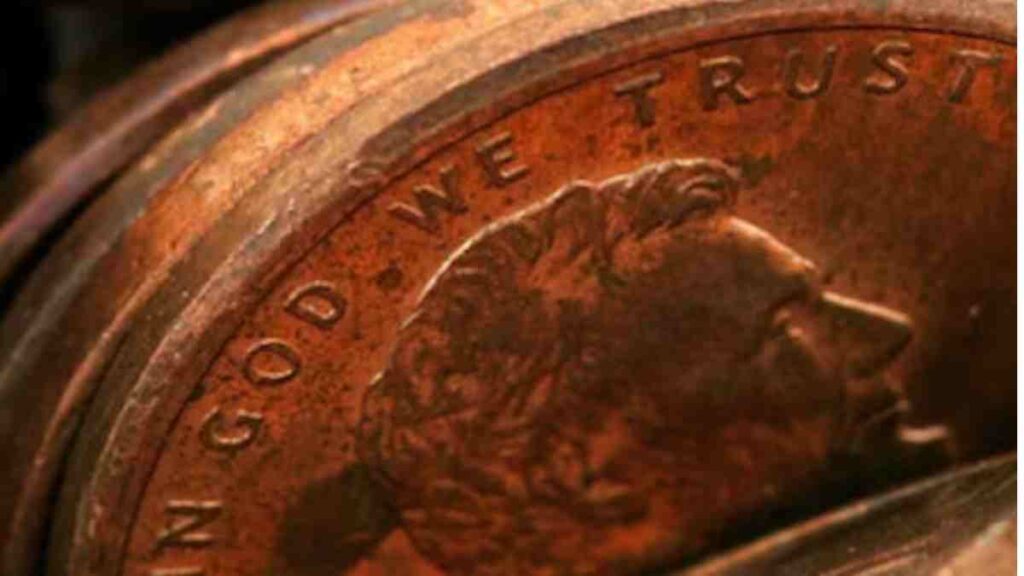Imagine turning a single penny into a fortune. It might sound like a dream, but thanks to rare coins still in circulation, it’s very much a possibility. A captivating story comes to mind: a man named Don Lutes Jr. made headlines after his penny fetched an astonishing $204,000 at a Heritage Auctions event.
The coin in question was the elusive 1943 Lincoln bronze cent. This remarkable piece stayed with Lutes from 1947 until 2018. Before his passing, he entrusted this precious penny to an auction house, directing the proceeds to the Berkshire Athenaeum Public Library in Pittsfield, Massachusetts—his birthplace and hometown.
Inspired by Lutes’ story, many Americans have embarked on the quest to find valuable pennies in their own pockets. These coins could potentially be worth thousands, tens of thousands, or even millions. But how can you determine if you have one of these hidden treasures?
- Look for unique features like mint errors or unusual materials.
- Check the year and mint mark; certain years are known for rare minting errors.
- Consult a coin expert to evaluate its potential value.
The Extraordinary Value of a Penny Coin
The worth of a penny can shoot up dramatically depending on its quality and rarity. Take, for instance, the legendary Don Lutes Jr. coin—a bronze Lincoln cent that fetched an enormous sum due to its extreme scarcity. As of now, only around 15 to 20 of these bronze Lincoln cents have ever been discovered. The highest recorded sale was an incredible $1.7 million.
The Rarity Behind the Price
Why is this coin so valuable? The answer lies in history. During a pivotal time, the Mint ceased using bronze for pennies, choosing instead to reserve the material for wartime needs. From then on, pennies were manufactured using zinc-coated steel plates. This switch made the bronze Lincoln cent “the most famous error coin in American numismatics,” according to David Stone, a coin cataloguer at Heritage Auctions.
Beware of Counterfeits
Given its rarity and astonishing value, it’s no surprise that several fakes of this penny have infiltrated the collectors’ market. To ensure authenticity, experts suggest performing the well-known magnet test. If the coin is drawn to the magnet, it is undoubtedly a fake, as the genuine coin is made of bronze, which is not magnetic.
- Quality and rarity determine the coin’s value.
- Only 15 to 20 bronze Lincoln cents have been found.
- Minting changes during wartime led to its rarity.
- Use the magnet test to identify counterfeits.
Online resources that can help identify rare coins
Coin dealer and club directories
- The American Numismatic Association (ANA) provides directories of reputable coin dealers and local coin clubs on their website at www.money.org.
- These can be helpful for getting fair market valuations based on recent auction prices.
Educational numismatic websites
- The ANA recommends several educational websites to expand your knowledge of coin collecting and numismatics.
- Reading a couple books and using these websites is a good starting point, but relying only on internet sources is not sufficient to become an expert.
NGC Coin Explorer
- The Numismatic Guaranty Company (NGC) offers a free online Coin Explorer tool at https://www.ngccoin.com/coin-explorer/united-states/
- It allows you to browse U.S. coins by type, year, denomination, and other attributes.
- Joining NGC for free lets you add coins, track your collection, and participate in the NGC Registry.
Coin appraisal services
- Some major coin grading services like Heritage Auctions 4 and NGC offer free or low-cost coin appraisal services.
- Submitting photos and descriptions of your coins can help get an initial assessment of their rarity and value.
